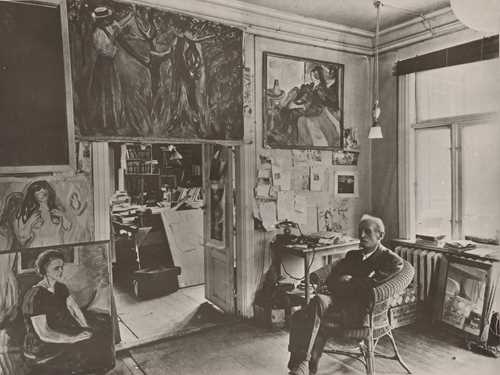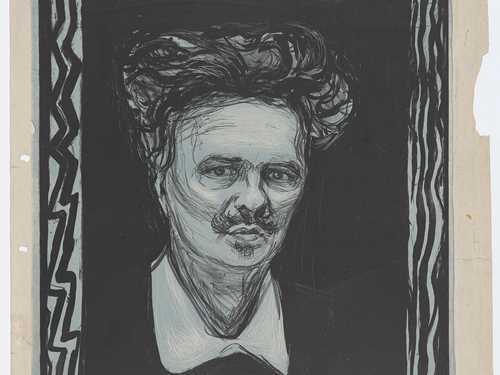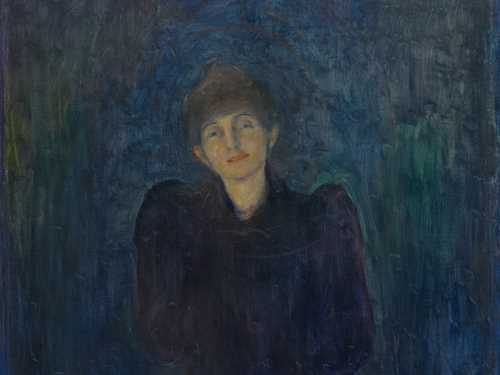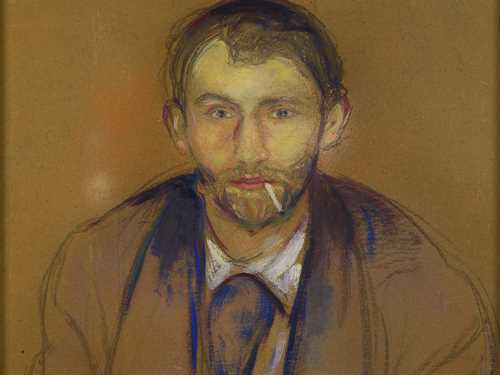Munch’s Memories
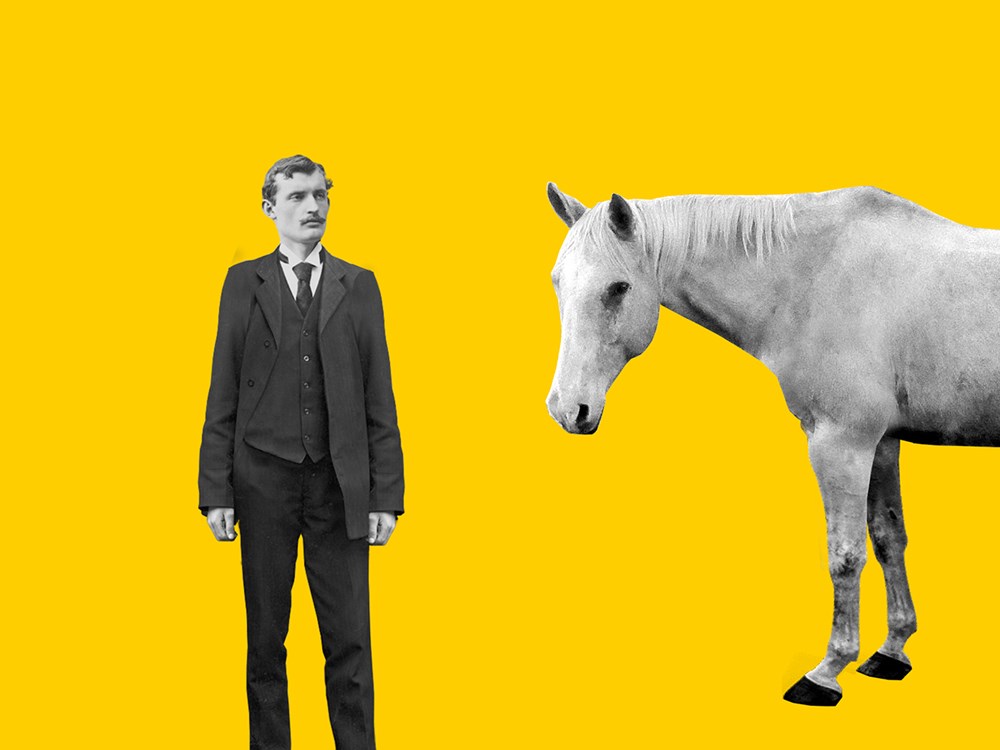
Interactive experience
Edvard Munch was not just a world-famous artist. He was also a living, breathing human being with his own peculiarities, bad habits, pet peeves, favourite things, friends, and enemies. But this isn’t necessarily always the version children are presented with when they read and learn about Norway’s greatest artist today. So, we are delighted to invite children and young people to step into Munch’s body and become a part of his world.
In a new, interactive installation in the museum’s lobby, you can immerse yourself in a range of experiences from his universe, be it bohemian Berlin, a Copenhagen clinic, or a romantic tryst by the Oslo fjord. Situations central to Munch’s life are relayed energetically and with humour in scenes where we meet a tiger visiting a patient, a horse out sailing, and Munch dancing with a hula hoop, to mention just a few.
The children can control Munch’s movements and decide how he gets to live it up, through a screen with invisible sensors. If there are more children in a group, they can take on several characters in Munch’s universe, such as the seductive muse Dagny Juel, the temperamental author August Strindberg, or Munch’s first love, Milly Thaulow. Or how about stepping into the body of a tea-drinking tiger? An exceptional and entertaining digital experience awaits children aged five to twelve here in Bjørvika, where they can bring Munch and his surroundings to life on their own terms.
Inspiration
Although the situations and people we encounter in this interactive experience are caricatures, they are based on Munch’s life and the people around him. In the following paragraphs, you will learn more about the real people and events that inspired this interactive experience.
In Munch’s Memories, we see Munch in three scenes. In each one, he interacts with various people and animals who featured in his life. Whether their roles were large or small, they were all important – and they all contributed to Munch becoming Munch.
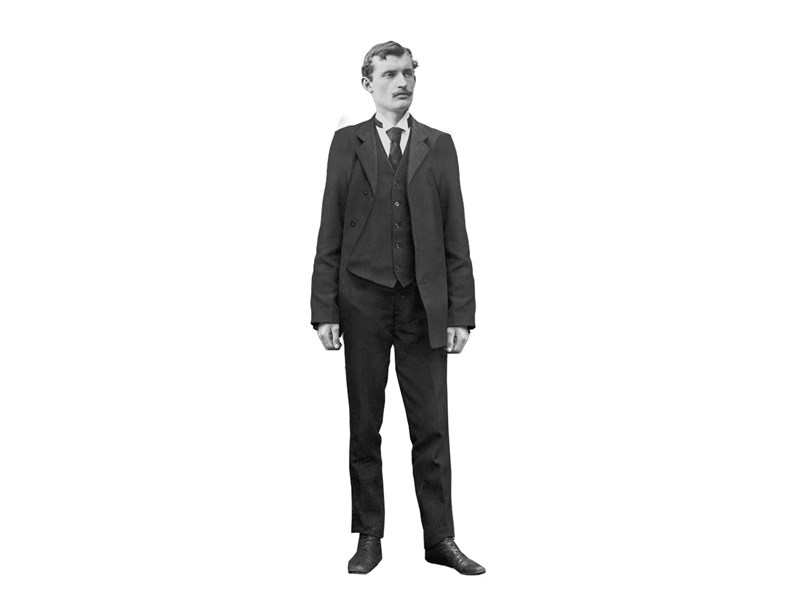
Edvard Munch was one of the most important figures in modern art. He created famous works such as The Scream, Madonna and The Vampire, all of which were controversial in their own time. When he exhibited his paintings in Berlin in 1892, he provoked a major scandal, but also achieved his international breakthrough. Munch’s friends described him as an observer rather than a conversationalist. Even so, he was not afraid to state his opinions – and even to offend people if he saw fit.
PARTY
Edvard Munch belonged to several radical literary and artistic circles, first in his hometown of Kristiania (now Oslo) when he was in his 20s, and later in Paris and Berlin.
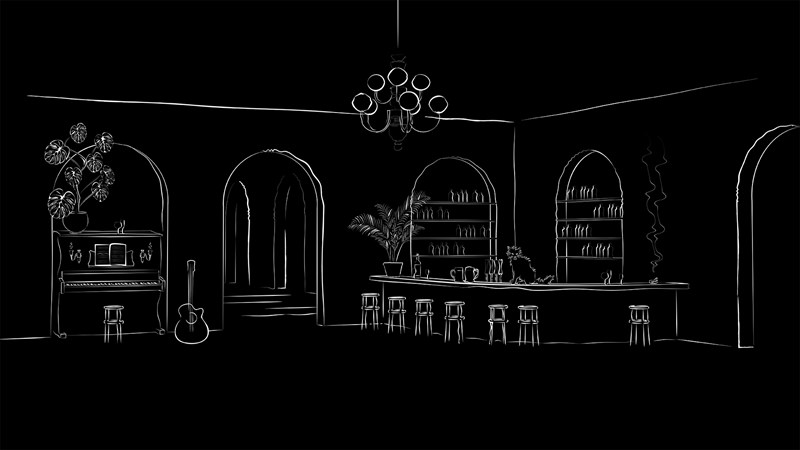
The intense discussions that engaged Munch and his bohemian friends helped inspire his imagery and his style of visual expression. In this scene, we find ourselves in an unidentified artists’ café. It may remind us of the Grand Café in central Kristiania, a haunt of the city’s bohemian set during Munch’s time, or of Zum schwarzen Ferkel (‘The Black Piglet’) in Berlin, which was frequented by the circle of German and Scandinavian bohemians with which Munch was associated in 1892–95. Discussions in these cafés were no doubt heated at times, but the characters we see here would not have come to blows in real life.
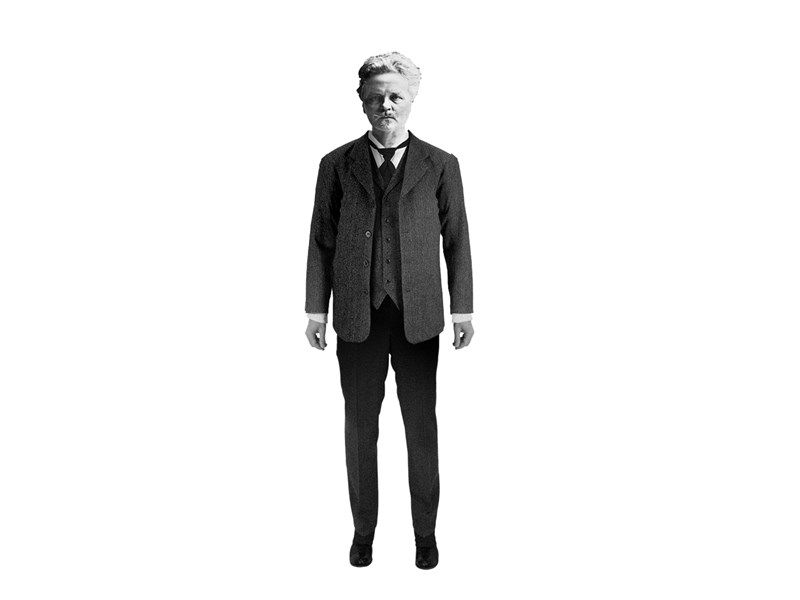
August Strindberg was a celebrated Swedish playwright and novelist who would ultimately achieve worldwide fame. Through works such as the play Miss Julie and the novel The Red Room, Strindberg challenged conventional ideas about morality, social class and power structures. Both in his everyday life and in his writing he was a provocateur who often came into conflict with those around him, but he had a reputation as the life and soul of social occasions. Strindberg also explored mysticism with the aim of revolutionizing the natural sciences and was a self-taught painter.
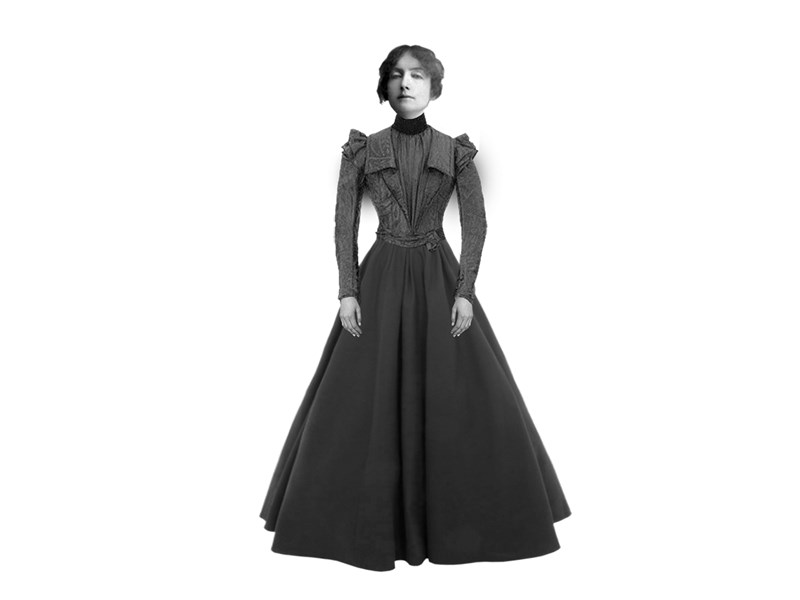
Born into an upper-class Norwegian family, Dagny Juel was an eccentric and creative woman. She wrote, played the piano and promoted Scandinavian art in Germany and Poland. The members of Berlin’s male-dominated bohemian circle were enchanted by her fascinatingly mystical solo dance routines, her warmth and her air of mystery. Juel married the Polish author Stanisław Przybyszewski. She published several plays, translations and short stories before her tragic death in 1901, at the age of just 34.
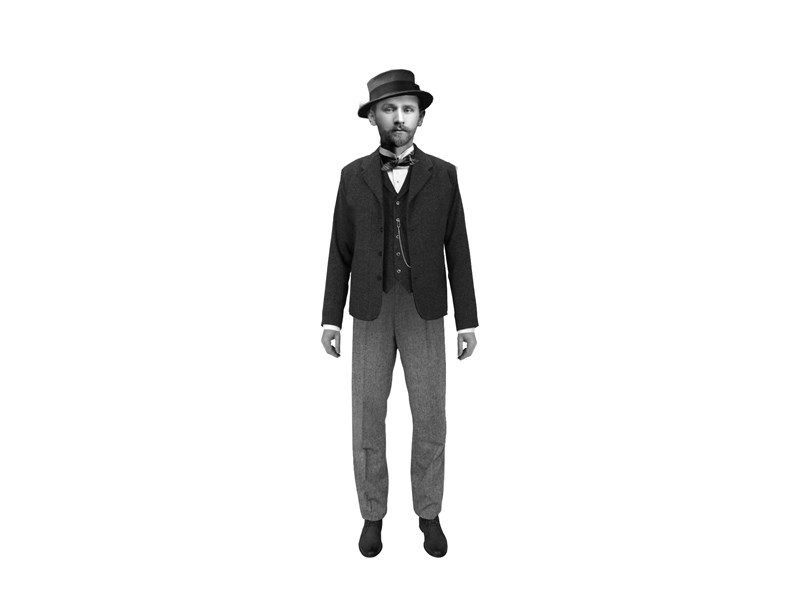
Stanisław Przybyszewski was a well-known Polish essayist, dramatist and poet nicknamed ‘Stachu’ by his friends. As well as writing texts permeated by a passionate mysticism, he was also a talented and original pianist, an enthusiastic bohemian and a self-styled Satanist. As a committed ambassador for art and culture, he promoted other artists, including Edvard Munch and Gustav Vigeland. Przybyszewski was also a notorious womanizer and a proponent of free love.
REST
This scene is inspired by Munch’s stay at a ‘nerve’ clinic in Copenhagen. He checked himself into the clinic voluntarily in 1908, suffering from stress and the effects of many years of heavy drinking.
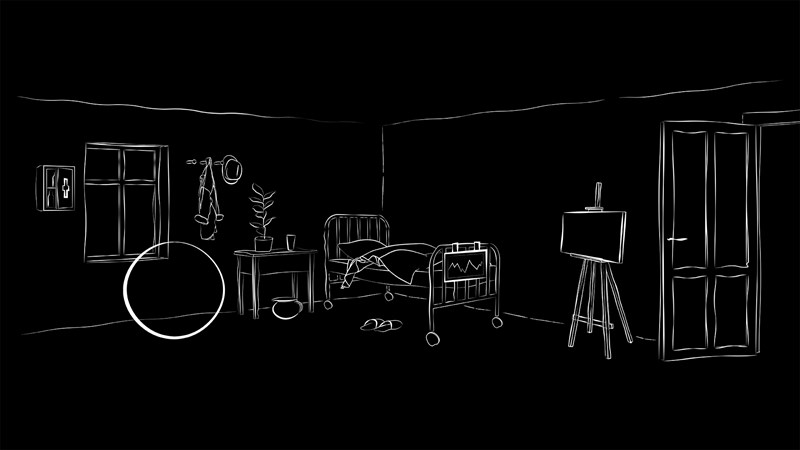
Munch thrived in the company of the nurses and under the firm but friendly care of Dr Jakobson, the clinic’s director. The clinic even provided space for Munch to continue his artistic projects. During his time there, Munch organized exhibitions and gained much-longed-for recognition in his home country: he was awarded the Order of St Olav for his contribution to art and he also sold several paintings to the Norwegian National Gallery. No tiger ever visited the clinic in real life, but Munch made drawings of the tigers he admired in Copenhagen Zoo.
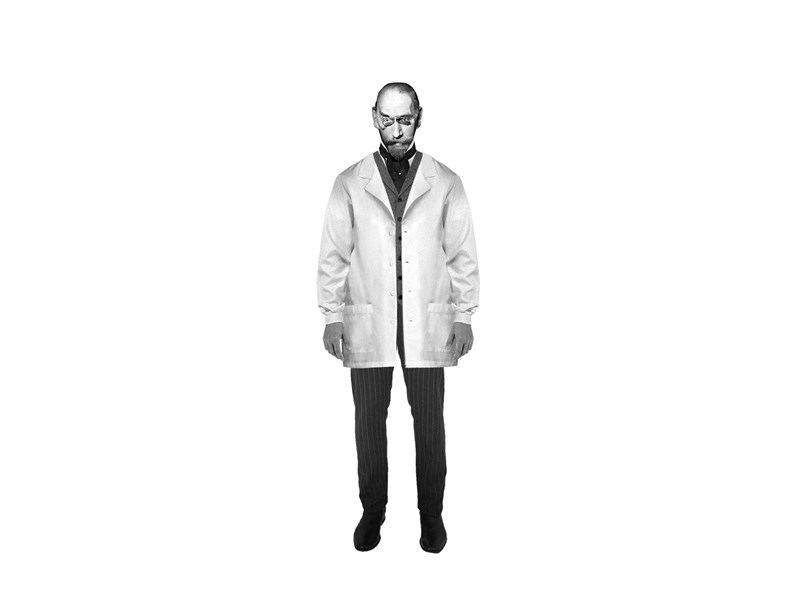
Daniel Jacobson was a highly respected Danish physician. He had a doctorate in psychiatry and ran his own private clinic for nervous disorders in Copenhagen. He was an authoritative, but also kind and humorous man; an art lover whose clinic was particularly popular with Scandinavian artists and intellectuals. Such patients included Edvard Munch, who was treated at Dr Jacobson’s clinic for eight months in 1908–09.
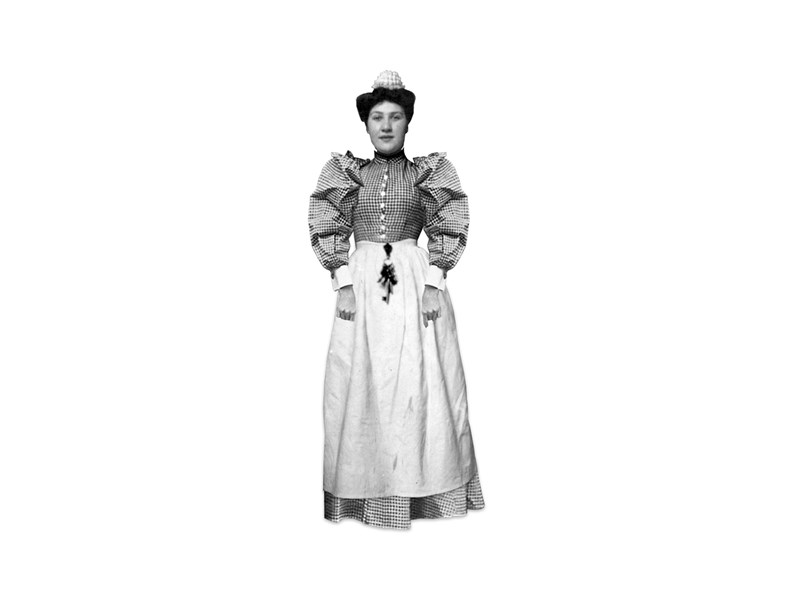
Caroline Hansine Jørgensen, known as ‘Linke’, was the head nurse at Dr Jacobson’s private clinic for nervous disorders. She was an energetic, kind and capable nurse, and Munch valued the excellent treatment he received from her and the other nurses. After he left the clinic, Munch continued to correspond with Jørgensen until her death in 1917.
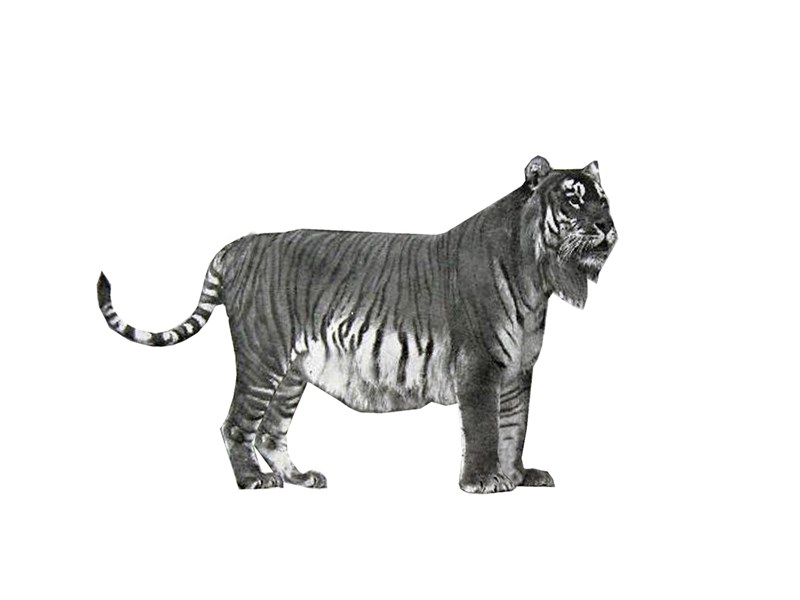
Munch made use of his voluntary admission to Dr Jacobson’s clinic in Copenhagen in 1908 to continue working on his art. For example, he spent time drawing at Copenhagen Zoo, where his subjects included tigers. In this scene, we imagine that Alexander is a famous tiger from Copenhagen Zoo, brought there after a long career as a circus animal by the well-known animal tamer Richard Sawade.
NATURE
This scene conjures up Munch’s lifelong love of nature, particularly of the coast along the Oslo Fjord.
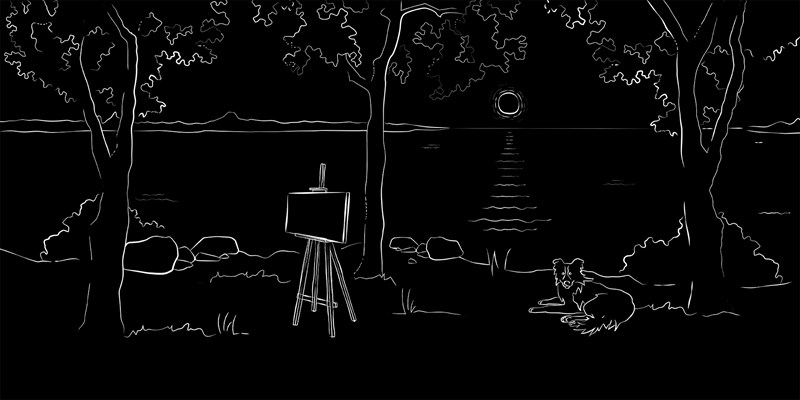
He owned several houses during his life, and nearly all were close to the sea. Even when Munch was working in an urban studio, shorelines would feature in many of his images. Munch spent the last 30 years of his life at Ekely, a large estate where he became even more attuned to nature and the changing seasons. He was also an animal lover; he kept horses and a number of dogs, among other animals. Whether he was living at Kragerø, Moss, Hvitsten or at Ekely, his animals kept him company and inspired new subjects for his art.
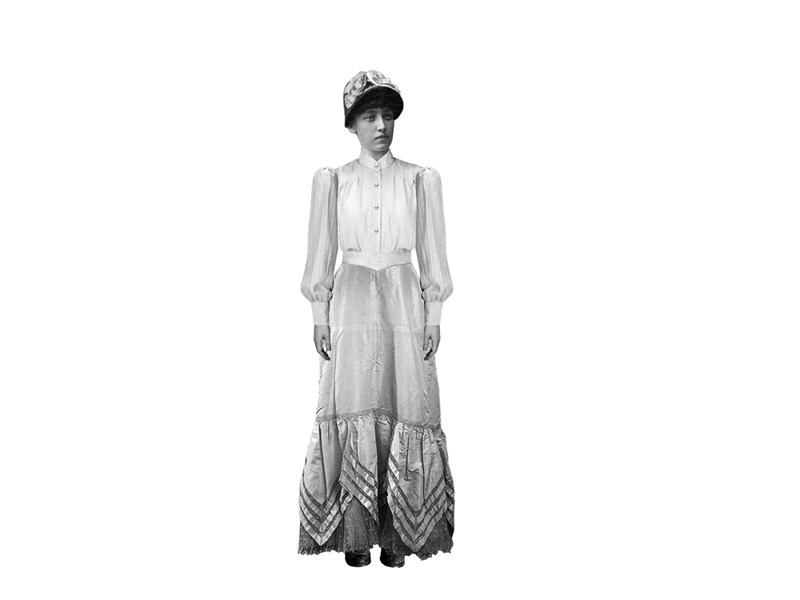
Milly Thaulow was a woman from the highest ranks of Kristiania society. When she met Edvard Munch, she was the elegant wife of Captain Carl Thaulow. She became Munch’s first great love when they met at a summer resort by the Oslo Fjord in 1885 and was the inspiration behind many of his most famous paintings, such as "The Dance of Life", "Separation" and "Summer Night / The Voice".
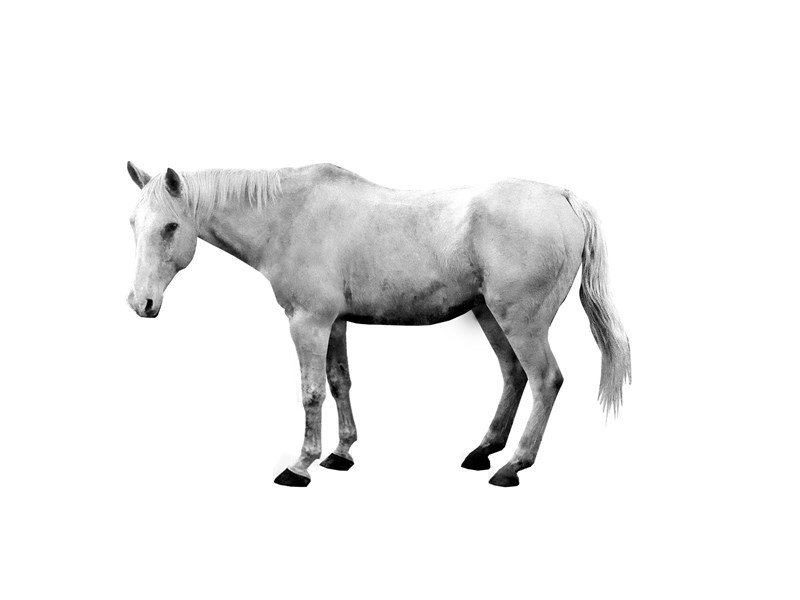
Rousseau was Edvard Munch’s beautiful, white and extremely spoilt horse. Rousseau was not used for either riding or farm work, but wandered happily around the fields at Munch’s properties, eating all day long. Rousseau often served as a model for the artist and in that sense was extremely valuable.
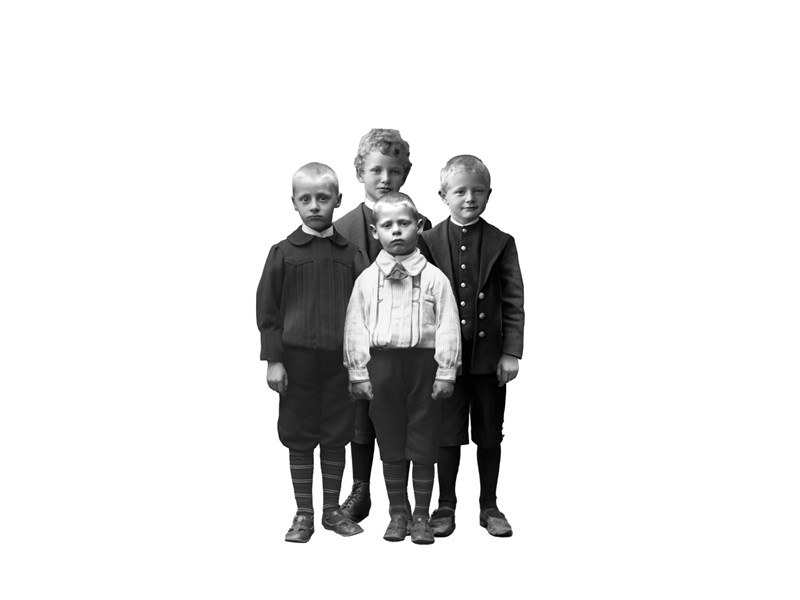
Munch was fond of children, but his fear of commitment prevented him from ever starting a family of his own. His friends’ children knew him as ‘Uncle Edvard’, and in Kragerø and Åsgårdstrand, children could peep over the fence to watch him working, or they might pose as models. Some children who were curious about ‘that eccentric artist’ could also pester and annoy him by constantly ringing his doorbell or scrumping apples from his garden.
